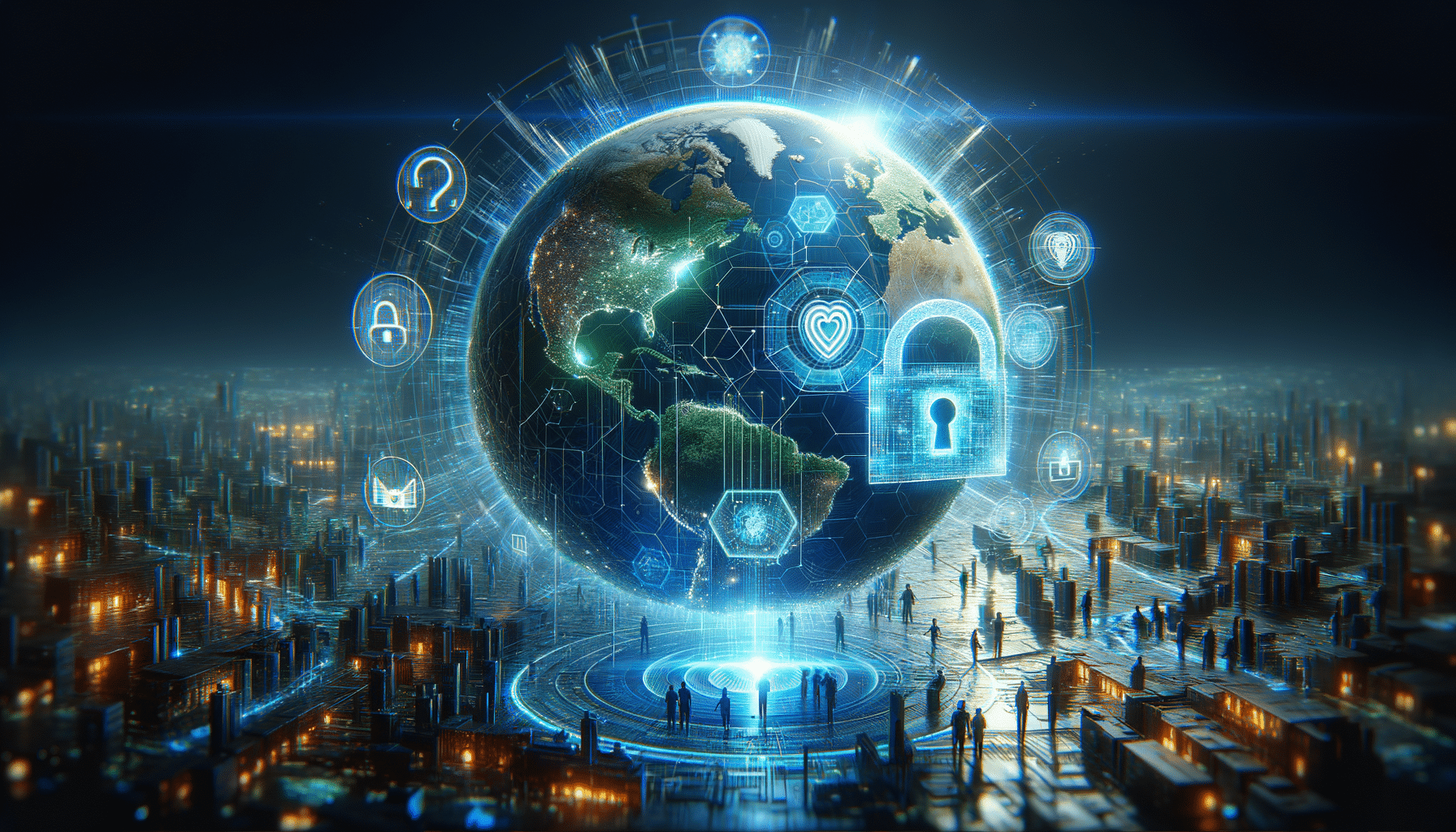
Understanding the Importance of Cybersecurity in Today’s Digital World
The Rising Threat of Cybercrime
In the digital age, the prevalence of cybercrime has escalated significantly. Cybercriminals are constantly evolving their tactics, making it imperative for individuals and businesses to stay vigilant. The vast amount of sensitive data stored online is a lucrative target for hackers, leading to an increase in data breaches and identity theft. According to recent reports, cybercrime damages are expected to reach trillions of dollars annually, highlighting the urgent need for robust cybersecurity measures.
Cybercriminals employ various methods to infiltrate systems, including phishing attacks, ransomware, and malware. Phishing attacks, for instance, involve tricking individuals into providing sensitive information by posing as trustworthy entities. Ransomware, on the other hand, encrypts data and demands payment for its release. These threats not only compromise personal data but also disrupt business operations, leading to financial losses and reputational damage.
To combat these threats, organizations must implement comprehensive cybersecurity strategies. This includes regular security audits, employee training, and the adoption of advanced technologies such as AI-driven threat detection systems. By staying informed and proactive, individuals and businesses can mitigate the risks associated with cybercrime.
Key Components of Cybersecurity
Cybersecurity is a multifaceted field that encompasses various components designed to protect digital assets. One of the fundamental aspects is network security, which involves securing the infrastructure that connects computers and devices. This is achieved through firewalls, intrusion detection systems, and encryption protocols that safeguard data in transit.
Another critical component is application security, which focuses on securing software applications from vulnerabilities. This involves regular updates and patches to fix security flaws, as well as secure coding practices to prevent exploitation by cybercriminals. Additionally, endpoint security is essential for protecting devices such as laptops and smartphones, which are often entry points for cyber attacks.
Identity and access management (IAM) is also a vital part of cybersecurity. It ensures that only authorized individuals have access to sensitive information, reducing the risk of data breaches. IAM solutions often include multi-factor authentication and role-based access controls to enhance security. By integrating these components, organizations can create a robust cybersecurity framework that protects against a wide range of threats.
The Role of Artificial Intelligence in Cybersecurity
Artificial Intelligence (AI) is playing an increasingly important role in enhancing cybersecurity defenses. AI technologies are capable of analyzing vast amounts of data to identify patterns and anomalies that may indicate a security threat. This allows for real-time threat detection and response, significantly reducing the time it takes to mitigate attacks.
Machine learning algorithms, a subset of AI, are particularly effective in identifying new and emerging threats. By continuously learning from data, these algorithms can detect previously unknown malware and phishing attempts, providing an additional layer of security. Moreover, AI can automate routine security tasks, freeing up human resources to focus on more complex issues.
However, the use of AI in cybersecurity also presents challenges. Cybercriminals are increasingly using AI to develop sophisticated attacks, creating a constant arms race between attackers and defenders. To stay ahead, organizations must invest in cutting-edge AI technologies and continuously update their security protocols. By leveraging AI, businesses can enhance their cybersecurity posture and better protect their digital assets.
Cybersecurity Best Practices for Individuals
While businesses invest heavily in cybersecurity, individuals also play a crucial role in protecting their personal information. Adopting cybersecurity best practices can significantly reduce the risk of falling victim to cybercrime. One of the most effective measures is using strong, unique passwords for each online account. This prevents cybercriminals from gaining access to multiple accounts if one password is compromised.
Enabling multi-factor authentication (MFA) adds an extra layer of security by requiring additional verification, such as a fingerprint or a one-time code, before granting access. Regularly updating software and applications is another essential practice, as updates often include security patches that address vulnerabilities.
Individuals should also be cautious when clicking on links or downloading attachments from unknown sources, as these are common methods used in phishing attacks. Installing antivirus software and keeping it up to date can provide additional protection against malware. By following these best practices, individuals can enhance their cybersecurity and safeguard their personal information.
The Future of Cybersecurity
As technology continues to evolve, so too will the landscape of cybersecurity. The increasing adoption of Internet of Things (IoT) devices presents new challenges, as these devices often lack robust security measures, making them vulnerable to attacks. To address this, manufacturers must prioritize security in the design and production of IoT devices.
Blockchain technology is emerging as a promising solution for enhancing cybersecurity. Its decentralized nature and cryptographic security features make it difficult for cybercriminals to alter data, providing a secure platform for transactions and data storage. Additionally, the integration of quantum computing is expected to revolutionize cybersecurity, offering unprecedented processing power to detect and neutralize threats.
The future of cybersecurity will also see greater collaboration between governments, businesses, and individuals. By sharing information and resources, stakeholders can develop more effective strategies to combat cybercrime. Education and awareness will play a crucial role in this effort, as informed individuals are better equipped to protect themselves and contribute to a safer digital environment.


